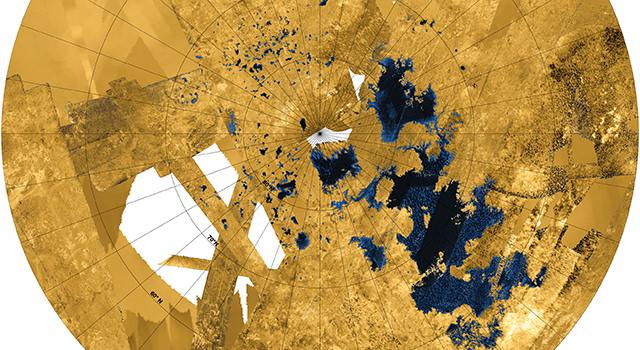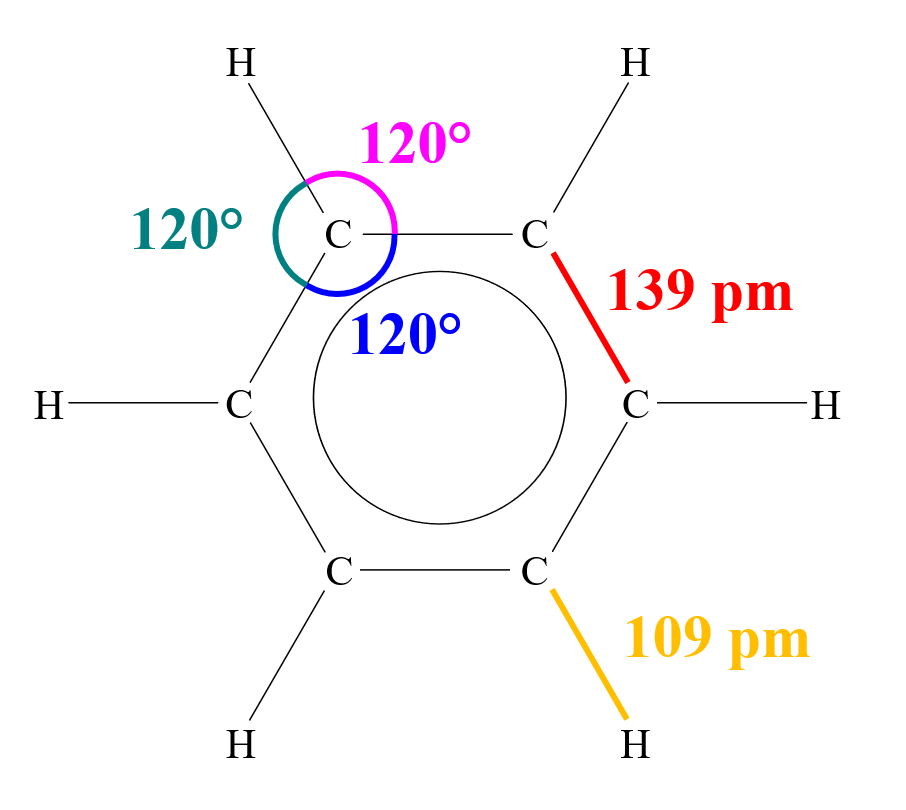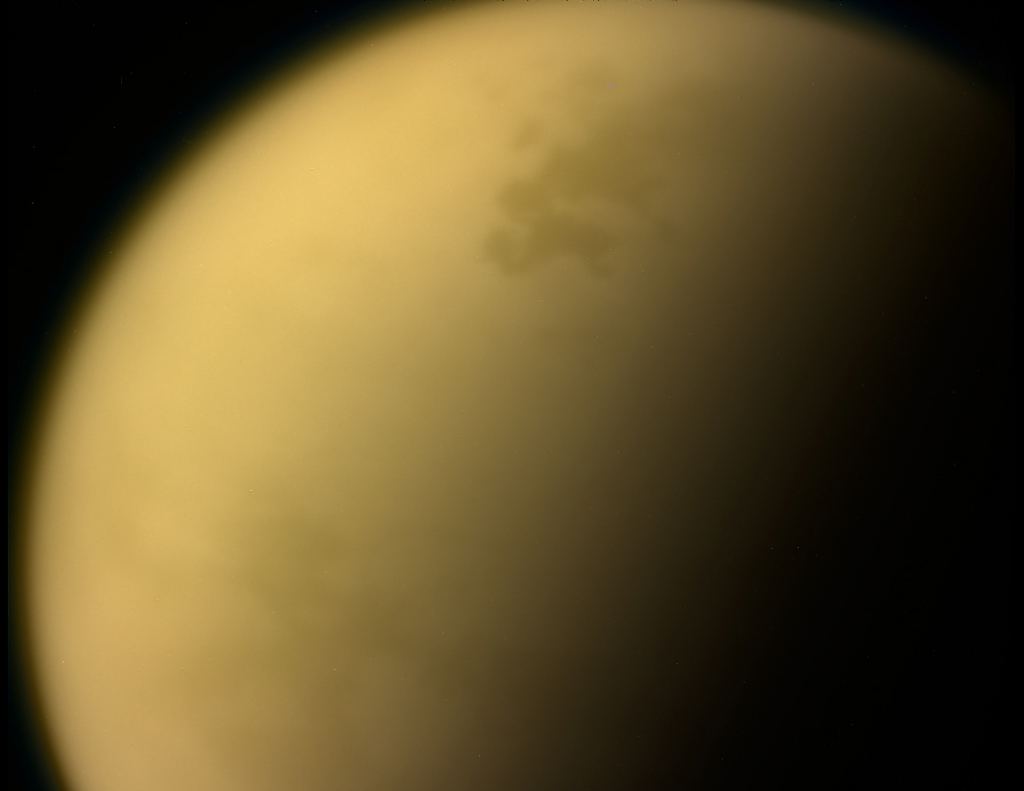Titan is a mysterious, strange place for human eyes. It’s a frigid world, with seas of liquid hydrocarbons, and a structure made up of layers of water, different kinds of ice, and a core of hydrous silicates. It may even have cryovolcanoes. Adding to the odd nature of Saturn’s largest moon is the presence of exotic crystals on the shores of its hydrocarbon lakes.
Next to actually sending another spacecraft there, the best way to understand Titan is to replicate its conditions in a laboratory. Thanks to Cassini and Huygens, scientists know more about Titan than ever. And now laboratory simulations based largely on data from the Cassini-Huygens mission are revealing some exotic goings-on at Saturn’s moon Titan.
New research has revealed the existence of crystals made of acetylene (C2H2) and butane (C4H10) that likely form on the shores of Titan’s lakes. Previous research based on data and images from Cassini showed signs of evaporated material left behind on the shores of lakes in the dry, equatorial regions on Titan. Now scientists have recreated Titan’s conditions and chemistry and watched the exotic crystals form, and they’re pretty sure that’s what Cassini saw on Titan’s shorelines.

This new research, called “The Acetylene-Butane Co-Crystal: A Potentially Abundant Molecular Mineral on Titan” was presented on June 24th at 2019 Astrobiology Science Conference in Seattle, Washington. The presenter was Morgan Cable of NASA’s Jet Propulsion Laboratory at the California Institute of Technology.
The researchers used a cryostat to mimic the extremely cold conditions on Titan, where temperatures plunge to -179.2 Celsius (94 Kelvin, ?290.5 °F). They then filled the cryostat with liquid nitrogen, to bring the temperature down. They warmed it slightly to turn the nitrogen to gas, since Titan’s atmosphere is largely nitrogen. Next came the addition of methane and ethane, which exist in great quantities on Titan, as well as other carbon containing molecules present on Titan.
Then they watched their Titan hydrocarbon soup to see what would happen.
The first thing to form were benzene (C6H6) crystals. We know benzene as a component of gasoline for internal combustion engines. It’s a snowflake-shaped molecule made from a hexagonal ring of carbon atoms. But this benzene was a little different.

In a surprising development, the Titan benzene molecule arranged itself in such a way that ethane molecules were allowed inside, creating what’s called a co-crystal.
Next they discovered another co-crystal, this one an acetylene and butane co-crystal. According to Morgan Cable, who presented the research, the acetylene and butane co-crystal is probably much more common that the benzene one, given conditions and composition of Titan.
Based on all of this, the researchers think that these unusual crystals might form a kind of ring around the lakes, like the ring of salts that can form on the shores of Earthly water bodies . As the liquid hydrocarbons in the lakes evaporate (Titan has a hydrocarbon cycle similar to Earth’s water cycle) the “molecular minerals” drop out, forming the ring.

It’s hard to verify anything happening on Titan’s surface, due to its thick, hazy atmosphere. So confirming the formation and presence of these crystals will have to wait until another spacecraft visits the moon, and goes for a walk around a shoreline.
“We don’t know yet if we have these bathtub rings,” Cable said in a press release. “It’s hard to see through Titan’s hazy atmosphere.”
Sources:
- Press Release: “Bathtub rings” around Titan’s lakes might be made of alien crystals
- Research Abstract: “Bathtub rings” around Titan’s lakes might be made of alien crystals
- Wikipedia: Titan

